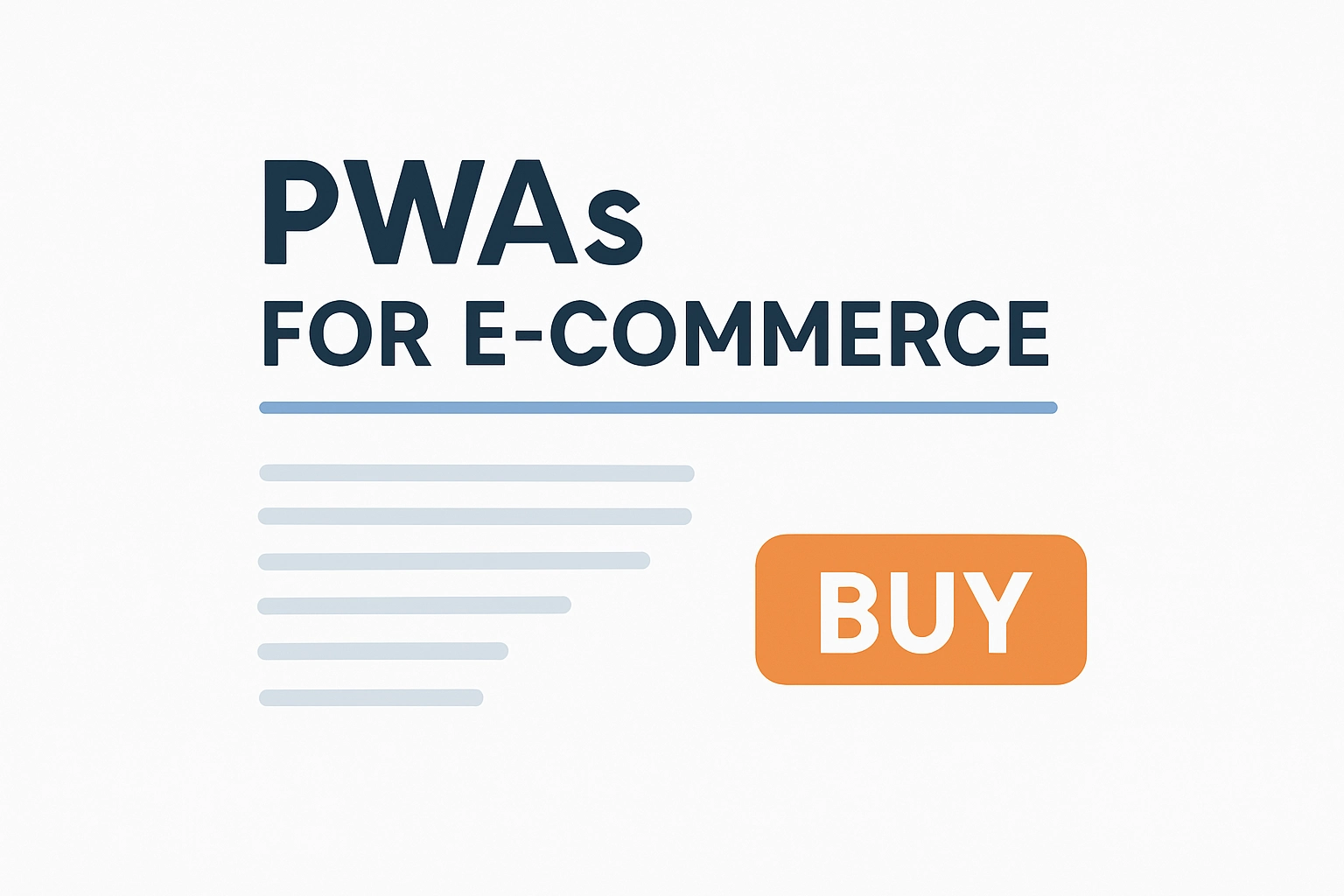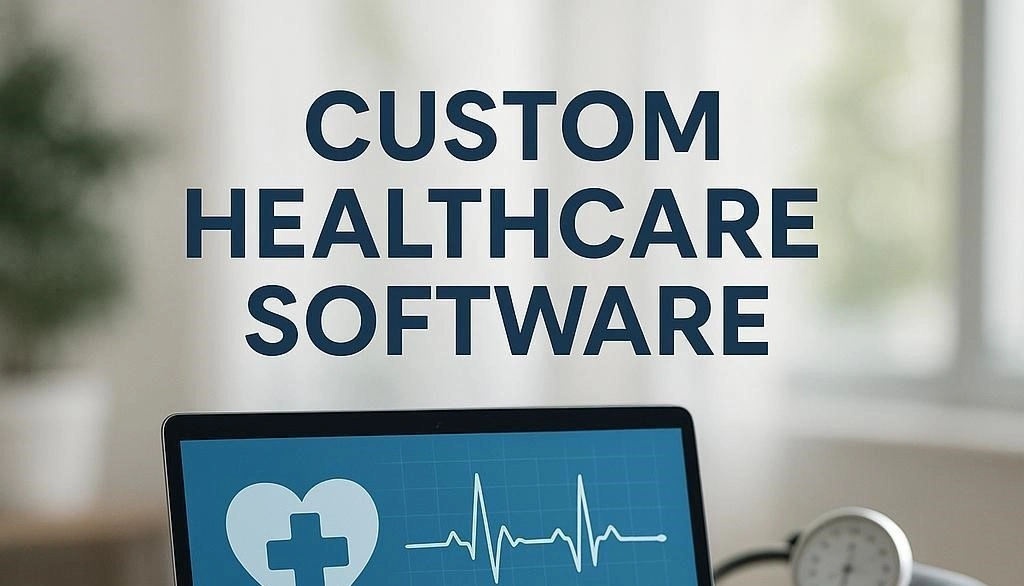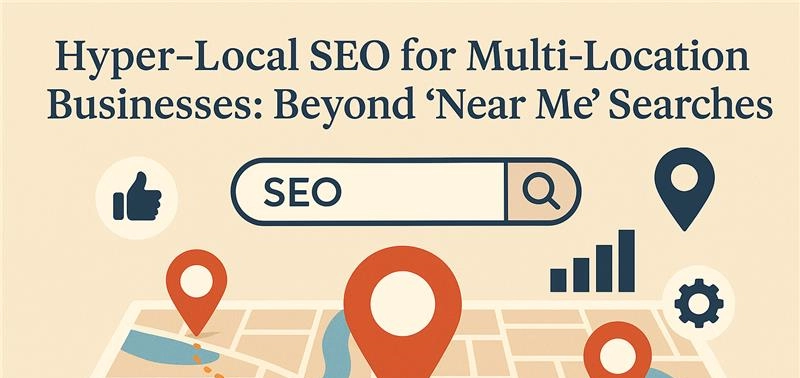Building Progressive Web Apps (PWAs) for E‑Commerce & Retail
19 Nov 2025What Is a Progressive Web App?
Think of it as a special kind of website that combines the good old browser and native app to bring the user app-like experiences with a single codebase on the backend.
PWAs can be accessed through a web browser, but they can also be "installed" on a device to have their own icon and open in a standalone window. Additionally, they have capabilities like offline access and push notifications.
In short, a PWA bridges the gap between a traditional website and a native mobile app, giving businesses the best of both worlds.
Benefits of PWAs for Retail & E-Commerce
Customers don't have to download anything from the app store. On opening the site, a prompt appears saying “Add to Home Screen,” and just like that they have a fast, reliable app on their phones.
Here are some key PWA benefits:
- No App Store Approval: Updates can be rolled out instantly, like a website update. So every user sees the latest version right away. Thus, needing no app store approval which decreases wait time.
- Offline Access: Internet connection is unstable or unavailable? PWA's let customers to freely browse products, check cart, or review saved items, without any hassle.
- Push Notifications: These notifications are more or less like a personal reminder for the users to alert them of their favourite item restock , general updates or exciting offers. The best part, they receive these alerts even when they’re not actively browsing your site at the moment.
- Cross-Platform Development: Perfectly compatible on Android, iPhone, tablets, and desktops — one build for all.
- Reduced Costs: You can manage everything from a single codebase, instead of maintaining separate apps for iOS and Android, thereby saving both time and money.
PWA vs Native vs Responsive Web
Native Apps
They are built specifically for platforms like Android or iOS. They come with fast performance and access to various device features such as GPS, camera, and notifications. On the flip side, they also bring challenges , such as only being downloadable from an app store, requiring separate development for each platform, and needing regular updates through app store approvals. Thus, maintaining two separate native apps can become expensive and time-consuming in the long run.
Responsive Websites
A responsive website is device-friendly as it automatically adjusts its layout to fit different screen sizes, making it easy to browse. No installation needed and a quick search shows up the website on the search engine. While they’re great for accessibility, they often lack the app-like experience such as push notification or offline access, which depend heavily on internet connectivity.
Progressive Web Apps (PWAs)
PWAs combine the strengths of both worlds - the flexibility of the web and the functionality of a mobile app. Apart from being accessible through any browser and working on all devices, they also behave like native apps — speedy, reliable, installable, and capable of sending push notifications, all without the high costs of native app development , thereby creating a better engagement. The biggest advantage is that PWAs use a single codebase, so businesses don’t have to build separate versions for Android, iOS, and desktop.
Case Study & Best Practices
Starbucks - For their users, located in developing areas, internet connection often acted as an obstacle , sometimes unsteady or just unavailable. To combat this, Starbucks used PWA to allow customers to browse the menu, customize drinks, and add items to their cart , all without an active connection. When the connection was back, their orders synced automatically. Recognizing this minor but crucial detail helped Starbucks double their number of daily web users which then led to a significant increase in their online orders.
Alibaba - Many users preferred browsing Alibaba through mobile browsers instead of downloading the full app. PWA changed that. Features such as offline support directly from the browser, among others , led to a 76% increase in conversions across browsers and further propelled them into becoming one of the world’s largest e-commerce platforms.
Following are a few best practices:
-
Smart caching - loads product pages instantly, even on slow networks.
-
Responsive design - ensure the app looks dynamically accurate on every screen size.
-
Push notifications - send notifications strategically to remind customers of offers or restocks.
Getting Started with PWAs
To make development faster and much more efficient, begin by choosing a modern framework like React, Angular, or Vue.js Then, set up a Service Worker, which allows features like offline access, push notifications, and faster reliable loading speeds.
Now that your PWA is ready, test it across devices and browsers to ensure it runs smoothly. Google Lighthouse is a beneficial tool that helps you measure performance and fix any related issues.
If you’re ready to enhance your e-commerce or retail UX experience, then buckle up, now is the time to explore cross-platform development through PWAs.
Conclusion
Whether your business is a small online store or a large retail brand, adopting a PWA can significantly boost engagement, reduce costs, and give your business a true competitive edge in today’s digital world. Visit Trawlii to step in to this new world and take your e-commerce business to the next level




